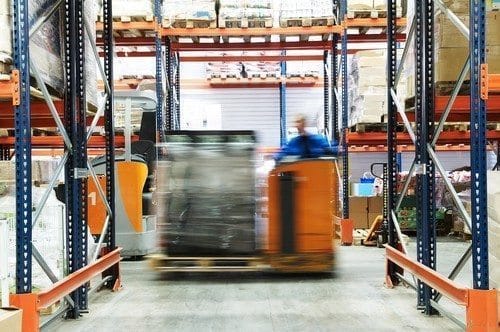
The average cost of a trash room injury is more than $41,000 to the employer. To the injured worker, the trouble goes beyond pain and medical care. Great employees don’t stick around forever when working conditions are unpleasant and dangerous.
Making it worse, dumpster injuries are the most common type of injury for many janitorial and property management jobs. At apartment complexes and similar locations, the worst job of all is trash room duty without a dumpster mover.
All in all, dumpster-related injuries cost businesses big time in the short-term and long-term, in both concrete and intangible ways.
Why Dumpsters Cause Injury So Often
As risk specialist Brian Plautz of Minnesota Comp Advisor explains, there’s usually no good way to approach a dumpster and then push it or pull it. The worker exerts brute force to start the dumpster rolling. Then, there’s inevitably some kind of hazard—an inclined plane, rough terrain or gravel, or tight turns.
The heavy force of pushing or pulling combines with the high-torque movements of maneuvering a dumpster to create the perfect storm for back, neck, and shoulder injuries.
A Dumpster Mover Can Prevent Workers Comp Fraud
Invisible injuries like sprains and strains carry the highest risk of fraudulent claims. Plautz explains that unlike a broken bone, the worker can describe symptoms however they want and the doctor can never definitively say they’re cured. A motorized dumpster mover like the WasteCaddy from DJ Products essentially eliminates the risk of trash room injury in the first place.
Protect your workers—and protect your business—with the risk-reducing solution of the WasteCaddy from DJ Products. Contact us for more info!




